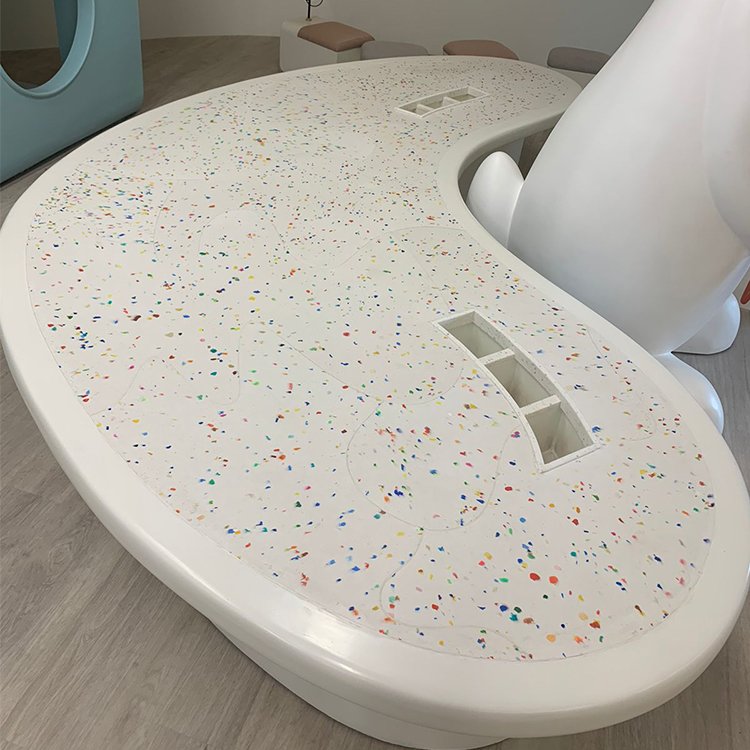In a world where environmental consciousness is gaining paramount importance, the interior design industry is undergoing a transformative shift towards sustainability. Homeowners, architects, and designers are increasingly seeking materials that not only enhance the aesthetics of a space but also minimize their ecological footprint. In this blog, we’ll explore the top 5 sustainable materials for interior design, with a special focus on the versatile and eco-friendly 100% recycled plastic panels.
Bamboo
Bamboo has rightfully earned its place as a sustainable interior design material. Known for its rapid growth and regenerative qualities, bamboo is a renewable resource that can be harvested without causing harm to the plant. It is an excellent choice for flooring, furniture, and even wall coverings. Its natural beauty, durability, and low environmental impact make it an ideal option for eco-conscious design enthusiasts.

Reclaimed Wood
Reclaimed wood adds character and history to interior spaces while promoting sustainability. This material involves repurposing old wood from barns, factories, or other structures, giving it a second life. Using reclaimed wood not only reduces the demand for new timber but also prevents old wood from ending up in landfills. From flooring and furniture to accent walls, reclaimed wood brings warmth and authenticity to any interior.

Cork
Cork is a versatile and sustainable material harvested from the bark of cork oak trees. The harvesting process is environmentally friendly, as it doesn’t harm the tree, which continues to grow and produce more cork. Due to its natural elasticity, cork is commonly used for flooring, wall coverings, and furniture. Its insulation properties also make it an excellent choice for sound absorption and temperature regulation in interiors.

Recycled Glass
Recycled glass is an innovative material that transforms discarded glass into stunning and sustainable design elements. From countertops and tiles to decorative accessories, recycled glass products come in a variety of colors and textures. By using recycled glass, designers can minimize the environmental impact associated with traditional glass production while creating visually appealing, one-of-a-kind pieces for interior spaces.
Plastic pollution is a global challenge, and finding ways to repurpose plastic waste is crucial for a sustainable future. 100% recycled plastic panels, made from post-consumer and post-industrial plastic, offer a solution. These panels are not only durable and versatile but also divert plastic from landfills. They can be used for wall coverings, partitions, and even furniture. By choosing recycled plastic panels, designers contribute to the reduction of plastic pollution while incorporating a modern and eco-friendly aesthetic into their projects.

Conclusion
As the demand for sustainable interior design continues to grow, the industry is witnessing a shift towards materials that prioritize both aesthetics and environmental impact. The top 5 sustainable materials mentioned, including the innovative 100% recycled plastic panels, showcase the industry’s commitment to creating beautiful spaces while minimizing the ecological footprint. By incorporating these materials into interior design projects, we can contribute to a more sustainable and harmonious future for our homes and the planet.

